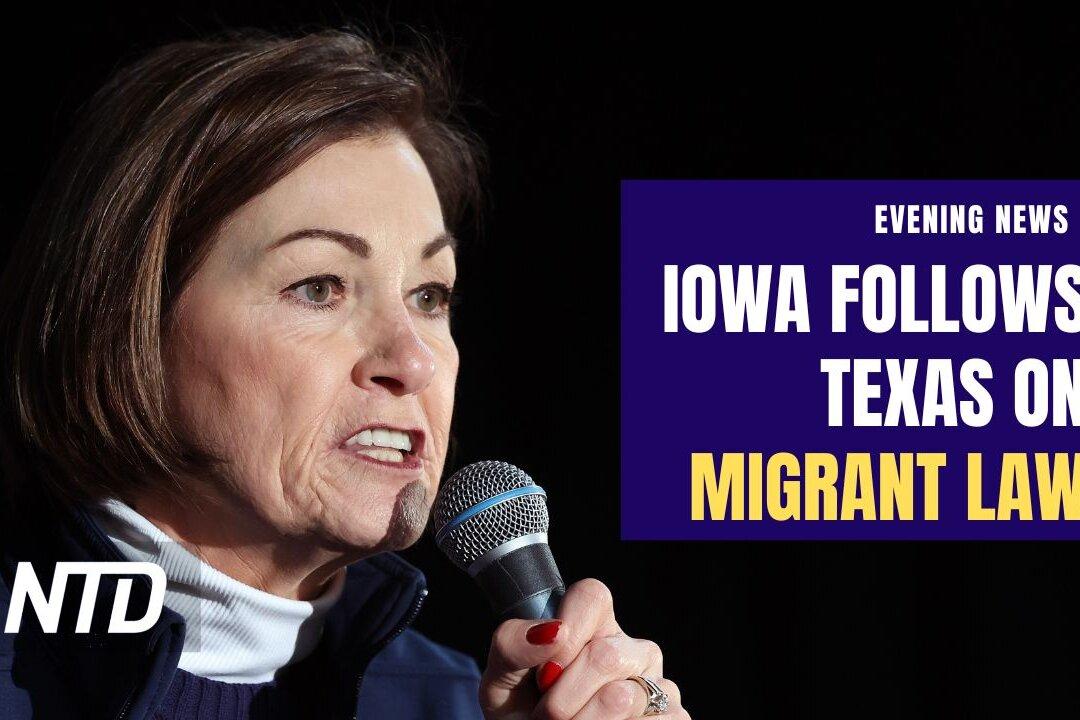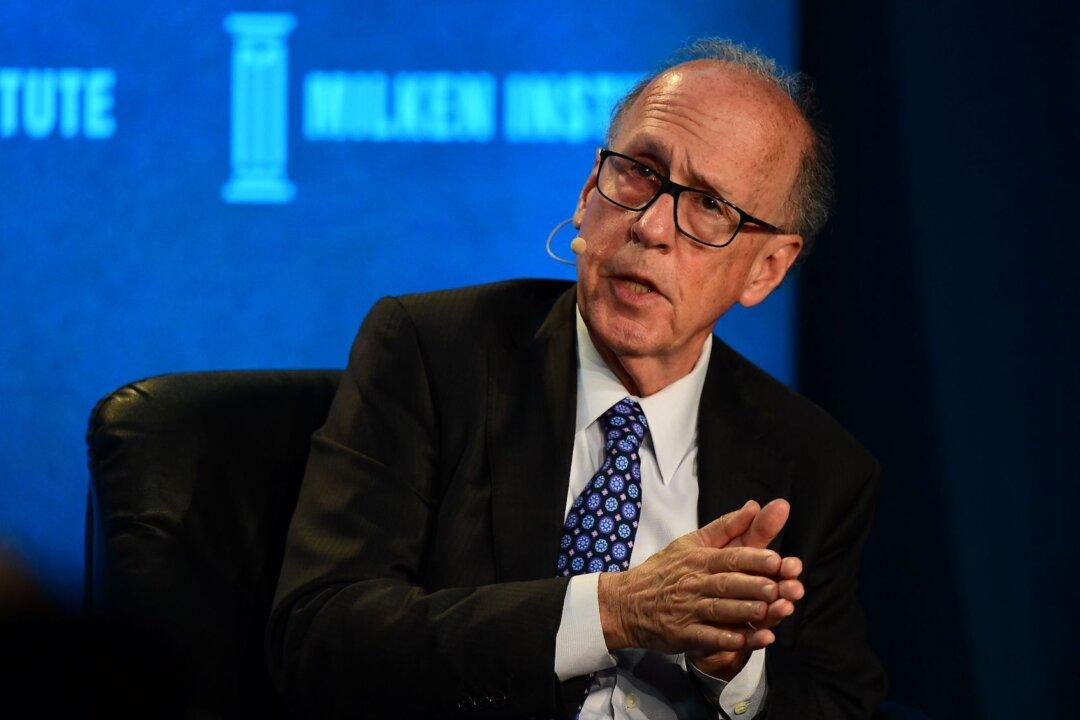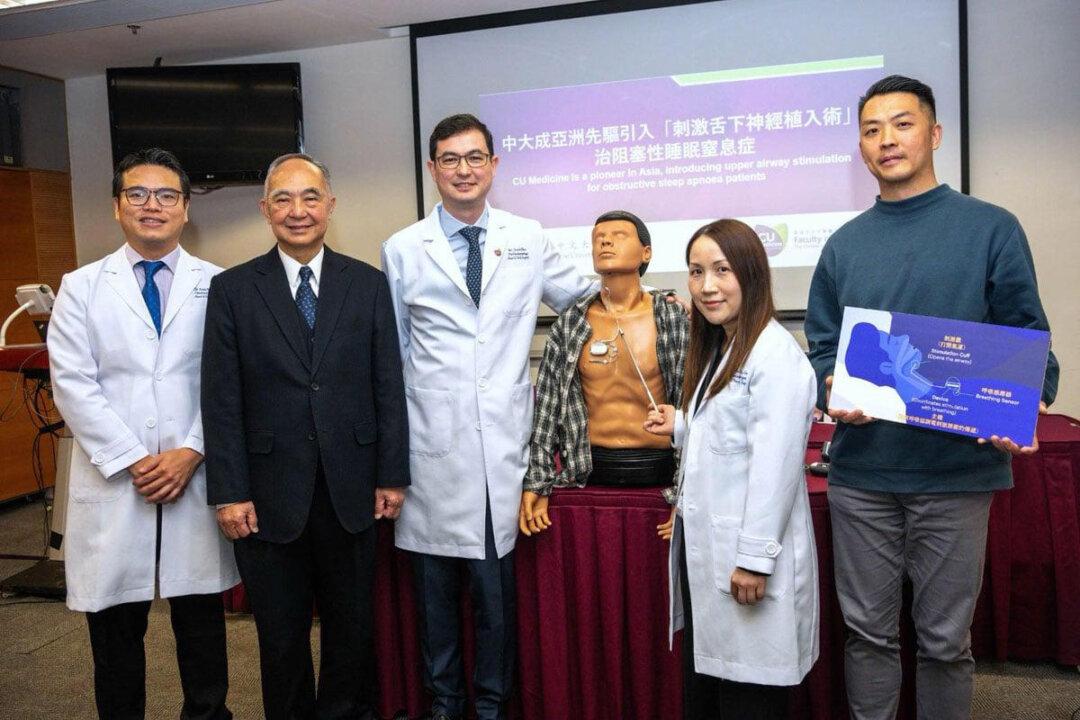NEW YORK—The North Shore 2030 report released this month outlines strategies to improve development in the Staten Island area.
The initiative is the result of a two-year collaborative process lead by New York City’s Department of City Planning and the New York City Economic Development Corporation (NYCEDC). It stemmed from the mayor’s Staten Island Growth Management and Transportation task forces.
The plan focuses on six neighborhoods in the North Shore region: St. George, New Brighton, West Brighton, Port Richmond, Mariners Harbor-Arlington, and Jersey Street.
Four main strategies for developing the area include promoting quality jobs and workplaces, reconnecting people with the working waterfront, supporting and creating neighborhood centers, and improving connections and mobility.
The strategies utilize the area’s assets, such as the Kill Van Kull Waterfront, neighborhood centers, the historic street grid, and the former North Shore Railroad Right of Way. The Kill Van Kull Waterfront may be used to create jobs that strengthen the maritime industry and become a point of recreational interest through the development of more waterfront parks.
The report serves as a guiding framework for public and private investments for the next 20 years. At the request of major North Shore stakeholders, 52 short-term actions that are intended to jump-start the initiative have also been proposed. These recommendations are detailed in the North Shore 2030 Action Agenda, which was issued along with the main report.
Short-term goals include establishing an Industrial Business Zone (IBZ) program, completing the initial phase of waterfront park development at the former Blissenbach Marina, and planning the Ferry and Ballpark parking lots in St. George.
The initiative sought the input of over 200 experts, including local residents and stakeholders, civic partners, and elected officials, in six public open houses and workshops, as well as multiple focus group meetings and interviews.



